Pytko Olga Nikolaevna
Teacher of additional education
MAOU “Secondary School No. 19 – Viktoriyа Cadet Corps”, Director of the Choreographic Ensemble “Viktoriya”
Folk Dance as One of the Aspects of Child Personality Formation
Art, from the very first days of school life, serves as a means of shaping a child’s worldview in general, influencing their aesthetic and moral essence, and developing associative and figurative thinking. It is in art that a student develops their creative abilities, gains experience in creative activities, and forms their individuality.
In our time, the task of forming a person’s spiritual world is especially urgent. The process of children’s creativity evokes a special desire in children to act in an honest and relaxed environment in activities such as play, dramatization, singing, etc. By nature, children’s creativity is synthetic and often improvisational. It allows us to judge individual characteristics and identify children's abilities in a more complete way.
B. M. Teplov notes that early involvement of children in creative activities is beneficial for their overall development and fully meets the needs and capabilities of the child [3,165]. At the age of seven, children’s independent creativity develops widely: musical, theatrical, and literary. This view on the significance of productive activity, the role of creative imagination and its features, is shared by L. S. Vygotsky, A. A. Leontyev, A. V. Zaporozhets. K. Golovskaya proves in her research that children show creativity in activities close to them, such as musical and choreographic games, round dances, dances, and singing [2,113].
Teaching folk dance can play a significant educational role, where children and young people can be taught good manners, polite behavior, the art of bowing, graceful walking, and rules of social conduct. Here, one can develop grace and elegance of movement in girls, stateliness and good posture in boys. It’s worth mentioning that many of our students still walk awkwardly, sticking out their stomachs, waddling, slouching, and hunching, which leads to the formation of dysfunctional posture. Such habits either persist for life or are difficult to correct in adulthood.
Practice shows that students often prefer folk dance to classical dance. They explain this by saying that through folk and stage dance lessons, they have the opportunity to familiarize themselves with and feel the culture of different countries and nationalities. This happens not only by studying the dance features and music of various peoples but also by trying on the corresponding costumes. All these components excellently train the three main types of memory (visual, auditory, motor), which are crucial for the development of a healthy child’s body.
In the artistic understanding of folk stage dance, the task of students is to recognize the emotions and accompanying thoughts that arise in them during their interaction with the dance performance. In other words, it is about understanding the personal meaning of the work.
The guarantor of implementing these functions is the folk stage dance teacher, whose activity creates a wide field for the artistic development of students, for the formation of their ability to make artistic and moral choices, and for creative realization of acquired knowledge and values.
The degree of individuality of the folk stage dance teacher, their general culture, worldview, working style, level of responsibility, and the development of a sense of duty— in other words, the "individuality of the teacher, their interests and passions, motivational and value-oriented aspects of their professional consciousness and self-consciousness"—serve as a source of motivation in the artistic education of students and a personal condition for the implementation of the functions of artistic education.
Choreographic education in the modern socio-cultural situation, in the contemporary unique conditions of cultural development, performs its main function at the generalized level: the introduction of students to universal human values through the art of dance. In addition to its main function, it also has specific functions: developmental, creative, harmonizing, communicative, and compensatory.
The primary condition for the realization of this function in the teaching process is solving the main problem of artistic didactics. It lies in the fact that, in practice (not just in words), a special form of knowledge of an artistic work will be carried out—artistic cognition, that is, the living, experiencing, and emotional assimilation of the information received. Only through art can human experience transition into the world of our feelings. Art does not persuade; it infects with ideas, faith, and ideals. Dance art does not give recipes for proper behavior; it opens the path to mastering the experience of joy and disdain, love and hatred. It contributes to the formation of a personal attitude toward the world and the emotional and value-based criteria of personality.
Literature:
-
Bogdanov, G. F. "The Lesson of Russian Folk Dance" [Text] / G. F. Bogdanov. – Moscow, 1995.
-
Golovskaya K. V. "Children's Musical Creativity as a Method of Education" // Anthology on the Methodology of Musical Education / Compiled by O. A. Apraksina. Moscow: Prosveshcheniye, 1987.
-
Teplov B. M. "Problems of Individual Differences" – Moscow: Nauka, 1961. - 535 p.
Lecture 3. Subkingdom Protozoa: General Characteristics
Road Safety Guidelines for Parents: Teaching Children to Navigate Traffic Safely
Regulations on the Student Scientific Society at Municipal Budgetary Educational Institution "Secondary School No. 19 with Advanced Study of Individual Subjects"
Bond Dipole Moment, Molecular Dipole Moment, and Hydrogen Bonding

 Deutsch
Deutsch
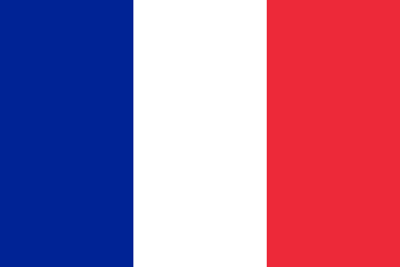 Francais
Francais
 Nederlands
Nederlands
 Svenska
Svenska
 Norsk
Norsk
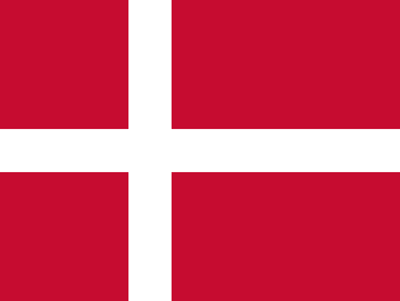 Dansk
Dansk
 Suomi
Suomi
 Espanol
Espanol
 Italiano
Italiano
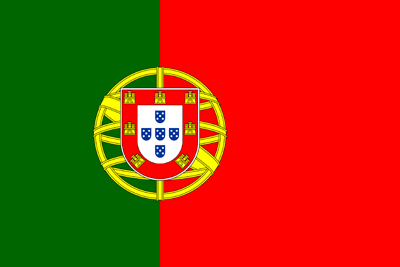 Portugues
Portugues
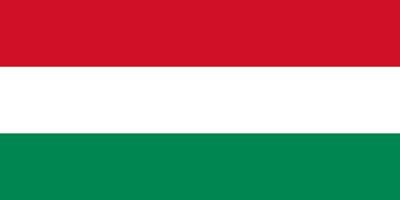 Magyar
Magyar
 Polski
Polski
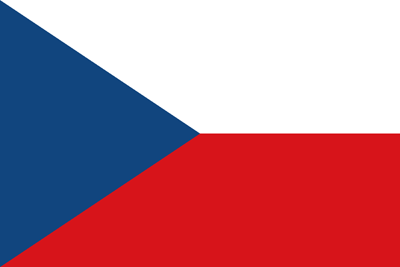 Cestina
Cestina
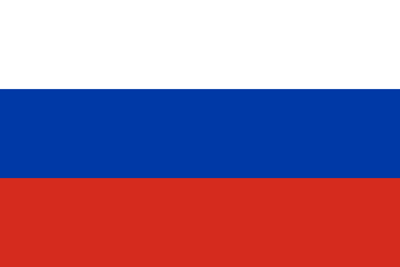 Русский
Русский